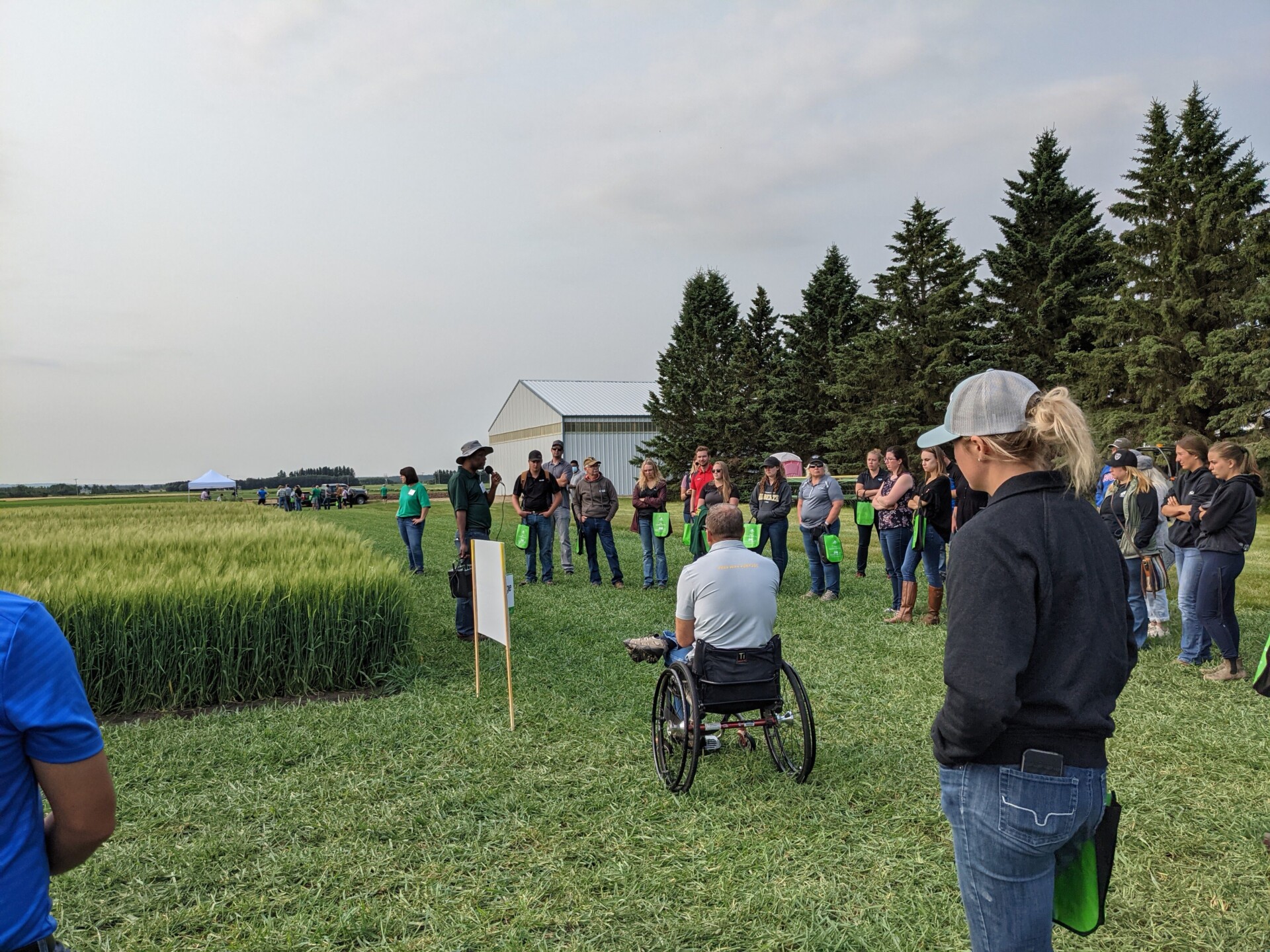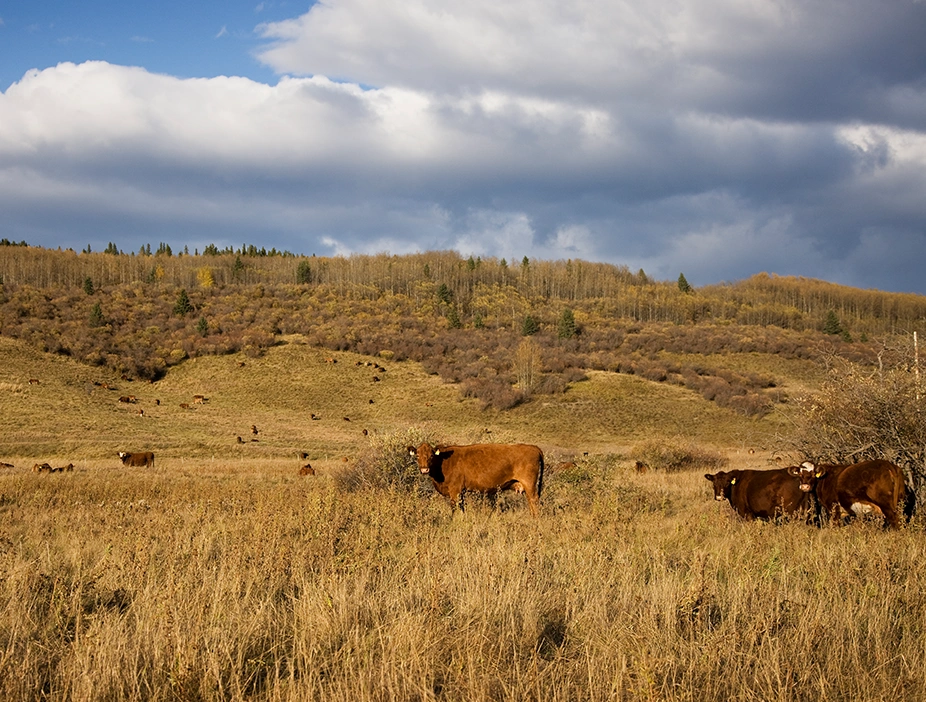New diagnostics to inform antimicrobial treatment decisions
Bovine respiratory disease (BRD) remains the most common and economically important disease affecting feedlot cattle. About 15% of cattle in North America are treated for BRD, and it accounts for about 70% of the illnesses and 40% of deaths. Economic losses to the North American beef industry exceed $1 billion dollars annually.
Started: 2017 | Completed: 2019
Assessing production with additional protein in late gestation cows
As a calf grows, the nutrient requirements of the cow increase substantially. In cases where energy demand exceeds the nutrients available, skeletal muscle may be used as a source of energy.
Started: 2015 | Completed: 2018
The importance of trace minerals in calving outcomes
The objectives of this study were to identify geographical regions at high risk for micronutrient deficiencies and evaluate the impact of micronutrient status and supplementation practices on calving outcomes.
Started: 2015 | Completed: 2016
Occurrence, characterization and risk factors associated with lameness within Alberta feedlots
From the analysis of health records, lameness was the second most-treated condition at feedlots, following respiratory disease, representing 30.4% of all treated animals/year. The most common lameness diagnosis was foot rot at 72%, followed by joint infection at 19.3%, and lame with no swelling at 5.5%.
Completed: 2016
Effect of transport time and temperature on the PCR test for Vibrio
The objectives of this project were to determine the feasibility of pooling samples to decrease testing costs, as well as to determine the impact of delay in transport time and temperature conditions on the sensitivity of the PCR test, or its ability to find infected bulls.
Started: 2013 | Completed: 2013
Studying unusual feedlot mortalities
The beef industry tends to focus on diseases that have the greatest apparent impact on productivity and profitability. For example, since bovine respiratory disease syndrome is a leading cause of death in feedlots, post-mortem examinations of feeder cattle tend to focus on the lungs and airways.
Completed: 2011
Improved understanding of Johne’s Disease
Blood samples and fecal shedding status were obtained from 25 MAP infected cows (as identified by the current ELISA test). Cows were split into four groups: ELISA and fecal high, ELISA high and fecal low, ELISA low and fecal high, and ELISA low and fecal low.
Completed: 2013
Effect of feeding distillers grains on health in the feedlot
Increased usage of DDGS in beef cattle diets has arisen from the rising costs of traditional feedstuffs. When wheat or corn are fermented and distilled, the starch is converted to alcohol. The fat, protein, and fiber from the grain are concentrated in the DDGS by-product, resulting in higher levels of those nutrients than the parent grains.
Completed: 2012
Showing 25-36 of 47



